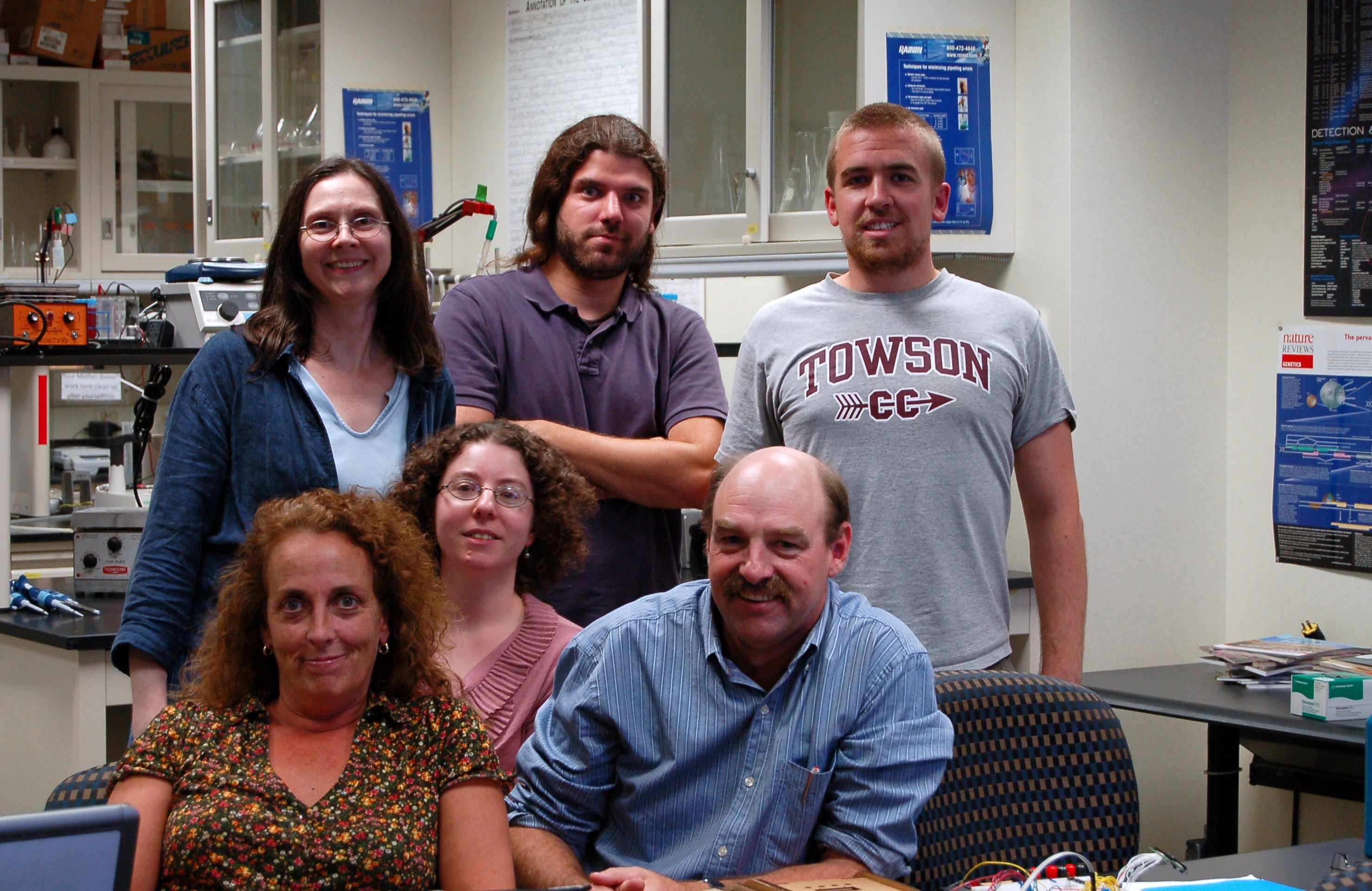|
Possible Projects
Project: DIY-Gem
Creating the set of educational tools and learning resources to allow comprehension and accessibility to the core techniques associated with Synthetic Biology. We've discussed creating e.coli that can be added to the bb system that can actually produce the major enzymes used in these techniques so that beginner's can "grow their own", saving the $1 a ul that some of these can cost. We have the sequence for Pol1 (J)
for Taq Aquaticus, and can put it into e. coli, but it contains a Pst1 site dead in the center of it's sequence so we'd have to create a new sequence and test it's viability, prior to formatting it in the bb format. The Pfu polymerase from Pyroclase Fusarium is usually used with BB, as it has enhanced error protection mechanisms and can withstand higher temperature cycling. The patent on Pol1 has expired. Patents exist on Pst1, none on exist on EcoR1, Xbe and Spe, couldn't find patent or sequence information, need more research. Other implementation of the DIY-Bio structure involves the construction of inexpensive hardware that is utilized in the process of synthetic biology research, i.e. microgram scales, centrifuges, PCR thermocyclers, Gel Electrophoresis kits, Devices for volumetrics, histobots, DNA sequencers/synthesizers and enhanced microscopy equipment. Many of these hw pieces have already been hacked by various groups within the DIY-Bio communities, however our goal would be to create those pieces necessary for us to continue to experiment/collaborate past the end of the iGEM timeframe.
Project: Hamsterdam
Inspired by our home cities media presence in "The Wire" and it's long history as the opium den of the eastern sea ports. Team: Baltimore-US has envisioned a longterm project/goal of creating additional biopharmaceuticals. We discussed an anti-depressant beer that had yeast that made 5-htp, serotonin precursor simliar to the resveratrol beer from previous iGEM.
Then we joked we could we engineer Coca Coli, using a process like that utilized for Kiesling's project with Artemisinin, could we engineer a e.coli that could produce Coca/Cocaine and put an end to the drug war via destabilization of Columbian and Mexican cartels.
Carrying that logic further it was suggested that we could do the same for opium / morphine, putting an end to the funding of afganistani/asian terrorist organizations. Ryan recommended we begin by attempting contact of Alexander Shulgin, creator of MDMA, one of the world's leading experts on the biomolecular construction of chemicals and author of Pikhal and Tikhal.
On purely practical level it was posited that the simple cellular mechanism for Vitamin-C might be engineered to be uptaken by human cells, or a pre-existing gut microbe. Since most mammals make there own Vitamin-C, it seems like this simple human enhancement could be very beneficial allowing for extended space journeys.
Steve also suggested creating a biomachine/circuit that could be implanted for homeostatic
release within the body. Tom reminded him that too much opiate could stop a heart. It was then noted that several other iGEM projects in the past have looked at similar vitamin/drug delivery systems/organisms.
Ryan suggested we could look directly at the gene sequences used to make the pre-cursors (that make it through the brain barrier), L-Dopa, Serotonin.. or the human gene sequences that create the various endorphins and neurotransmitters.
Mucuna Pruriens, ( http://en.wikipedia.org/wiki/Mucuna_pruriens ) came up as an organism of interest, as it produces, the L-Dopa (Dopamine Precursor), the 5-HTP, Nicotine, DMT and 5 Meo DMT. It has been tested positively as an aphrodisiac, and is used in a drink called "Nescafe". It also has some toxic properties, and must be processed to remove toxins prior to being ingested by humans.
Project: Children of Men
Bio-remediation oriented project to sequester/breakdown excessive estrogen levels that are currently responsible for turning the bass populations in Maryland tributaries into intersex species. Apparently 100% of the Male Bass populations are currently intersex meaning that they are carrying eggs due to the high-levels of hormone disruptors such as Estrogen that are not being cleaned by Maryland's current water treatment facilities. Researchers at Washington State have posited using Ammonia based microbials in bio-reactor systems to help break down estrogen, and there are supposedly BB parts that can be used as Estrogen Receptors. Failure to act, could conceivably lead to a sterile future for mankind, aka "The Children of Men" scenario from the science fiction film of same name.
Similar Bio-remediation scenarios were presented to deal with excess Nitrogen fixation, Pfisteria Sensors and petroleum digestion in response to the Gulf tradgedy.
|  Your team picture |
 "
"
